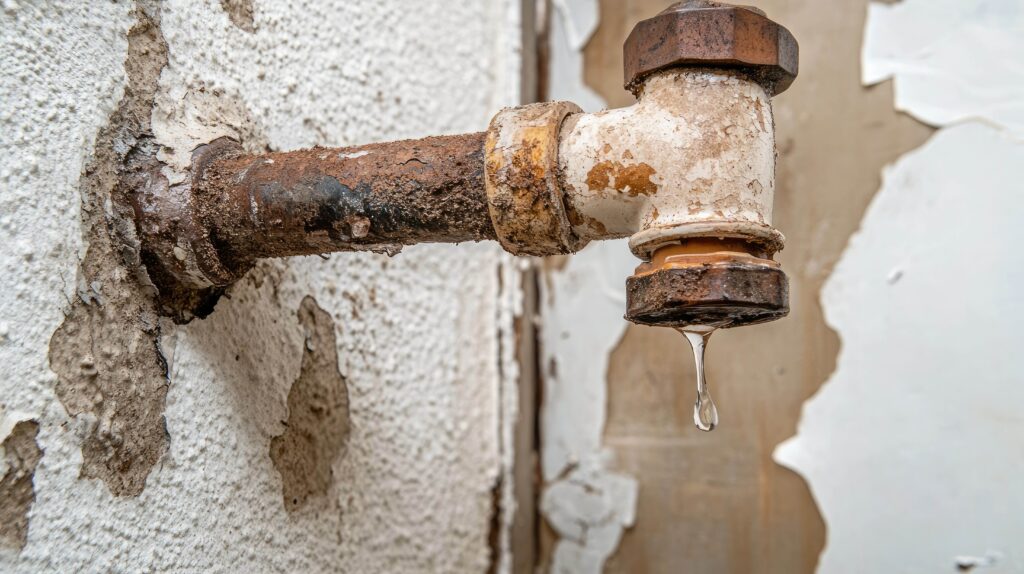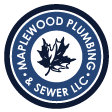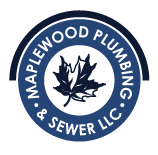
If you’re a homeowner in St. Louis, you may have received a letter from the City of St. Louis Water Division in November 2024. The message? A call to action: help the city identify whether your property’s water service line is made of lead, galvanized steel needing replacement, or simply an unknown material.
This survey is part of a broader effort to update the city’s inventory of water lines—a task that’s long overdue, considering lead service lines have been banned in the U.S. since the 1980s.
But with an estimated 200,000 to 300,000 lead service lines still in use across Missouri (ranking the state 14th nationally), the question looms large: should STL homeowners be worried about lead pipes?
The Reality of Lead Pipes in St. Louis
St. Louis, like many older cities, has a legacy of lead service lines. These pipes were installed decades ago, and while they’ve largely been phased out in new construction, many remain in place.
The good news? Age might actually be working in our favor here. Over time, these pipes have built up a layer of calcium and other minerals on their interior walls. This natural coating acts like a shield, preventing lead from leaching into the drinking water (so long as the water chemistry stays stable.)
What Happened in Michigan & Why It Matters Here
To understand why lead pipes are even a conversation, it’s worth looking at Flint, Michigan. In 2014, city officials switched the city’s water source from Lake Huron (via Detroit’s system) to the Flint River to save money.
The problem? The river water was more corrosive, and the city didn’t properly adjust its treatment process.
Over decades, Flint’s lead pipes had developed a protective mineral layer—much like the one in St. Louis pipes—that kept lead from seeping into the water.
But the untreated, corrosive river water stripped that layer away, allowing lead to dissolve into the drinking supply. The result was a public health disaster: thousands of residents, including children, were exposed to dangerously high lead levels, leading to developmental issues, neurological damage, and a host of other problems.
St. Louis’ Water Division has avoided such a misstep by consistently treating its water to maintain that protective layer. So far, this careful management keeps our lead mains stable. But, Flint reminds us that stability isn’t guaranteed if conditions change.
Should You Be Concerned?
For most STL residents, the risk of lead exposure from drinking water remains low, thanks to that calcium buildup and the city’s water treatment practices.
However, there are no guarantees. Disturbances like pipe repairs, water main breaks, or even changes in water treatment could theoretically alter the equation. If you’re in one of the homes flagged by the Water Division as having a lead or unknown service line, it’s worth paying attention.
Want peace of mind? Consider getting a blood lead level test through your doctor. It’s a simple way to check if you or your family have been exposed, and is especially important for households with young children or pregnant women, who are most vulnerable to lead’s harmful effects.
You could also test your tap water directly, either with a home kit or through a certified lab, to see if lead levels exceed the EPA’s action level of 15 parts per billion.
Future EPA Rules & Replacement
The Environmental Protection Agency (EPA) is finalizing a rule that could require municipalities like St. Louis to replace all lead service lines within the next decade.
This is a massive undertaking. Many cities, including ours, are still figuring out exactly where these pipes are located. The Water Division’s 2024 survey is a step toward compliance, but with thousands of lines potentially in play, the clock is ticking.
Lead pipes have been a known hazard for decades, yet progress has been slow. Missouri’s 200,000–300,000 lead lines are a testament to that lag. Full pipe replacement will be costly and disruptive, but the long-term health benefits could very-well outweigh the inconvenience.
What Can STL Homeowners Do?
For now, here’s the bottom line: lead pipes in St. Louis aren’t an immediate crisis, but they’re not a non-issue either. If you got the city’s letter, take a moment to respond to the survey online or by phone—it’ll help speed up the inventory process.
In the meantime, keep an eye on updates from the Water Division and the EPA. If you’re extra cautious, use a certified water filter pitcher or faucet attachment to reduce any potential lead in your drinking water. And if you’re concerned about exposure, that blood test is a quick way to settle your nerves.
Don’t guess. get answers. Contact Maplewood Plumbing today to inspect your service line and ensure your water is safe. From expert assessments to full lead pipe replacement, our local pros have you covered.
Other FAQs About the Lead Pipe Problem in St. Louis
Will my service line get replaced if it’s made from lead?
The City of St. Louis Water Division is aggressively pursuing grant funding to cover replacement costs for property owners. This program will require applications and have eligibility requirements. Currently, city ordinances don’t allow water rate revenues to fund replacement of privately owned lead lines. However, a zero-interest loan program is in development to assist homeowners who opt to replace their lines at their own expense. Plus, some insurance policies cover plumbing problems like lead pipe replacement.
Who will pay for replacing my service line?
Since property owners own the service lines, replacement costs typically fall on them. That said, the city has applied for federal funding through the Bipartisan Infrastructure Law to help qualifying homeowners. More details will emerge once the city finalizes its replacement plan and funding distribution program.
Is my water safe to drink?
Lead in drinking water can cause serious health issues, including reduced IQ and attention span in children, learning and behavioral problems, and increased risks of heart disease, high blood pressure, and kidney issues in adults.
Pregnant women and infants are especially at risk, with the EPA noting that drinking water can account for 20% or more of total lead exposure.
For over 20 years, the City of St. Louis has used an optimized corrosion control treatment to minimize lead absorption from service lines and plumbing. Routine testing shows lead levels in homes are well below the EPA’s current action level of 15 parts per billion—and even the stricter 10 ppb level set for 2027. Water quality is monitored daily at treatment plants and periodically at homes with lead lines to ensure compliance.
What can I do to reduce exposure to lead in drinking water?
- Flush the pipes: Run cold water for 1–2 minutes if the faucet hasn’t been used for several hours, until it’s cold and steady. Use this water for cleaning or plants to avoid waste.
- Use cold water only: Cook and make baby formula with cold water, as hot water dissolves lead more easily. Avoid hot tap water entirely for drinking or formula.
- Don’t boil to remove lead: Boiling won’t reduce lead levels.
- Consider filters or bottled water: If tests show elevated lead, use a filter certified for lead removal (look for NSF/ANSI 53-2021 labeling) or bottled water. Maintain filters per manufacturer instructions.
Comments are closed


